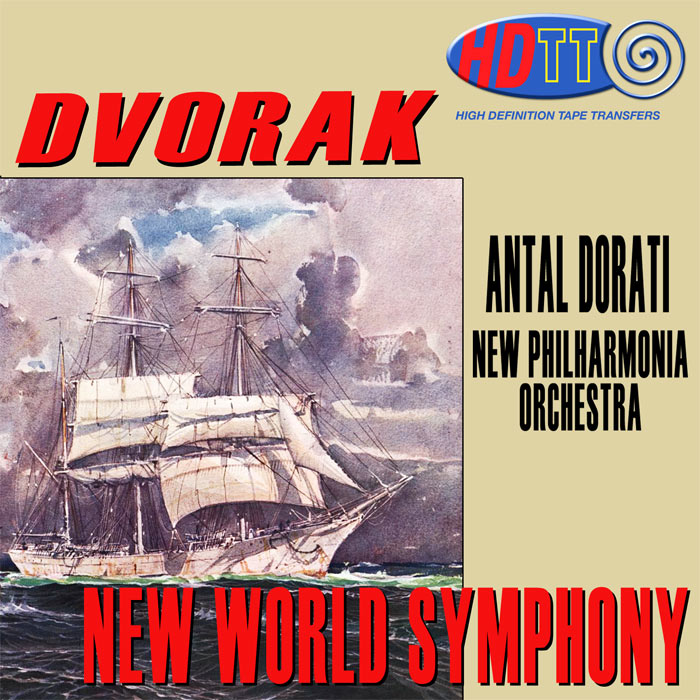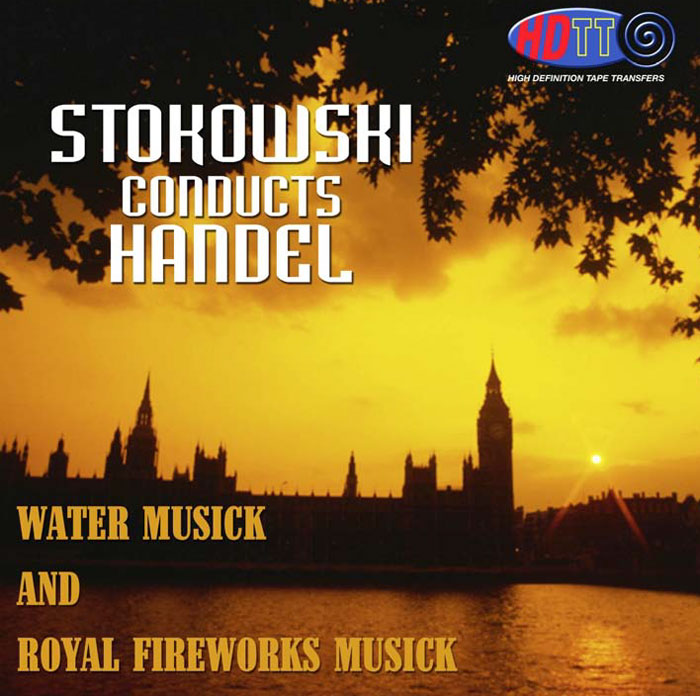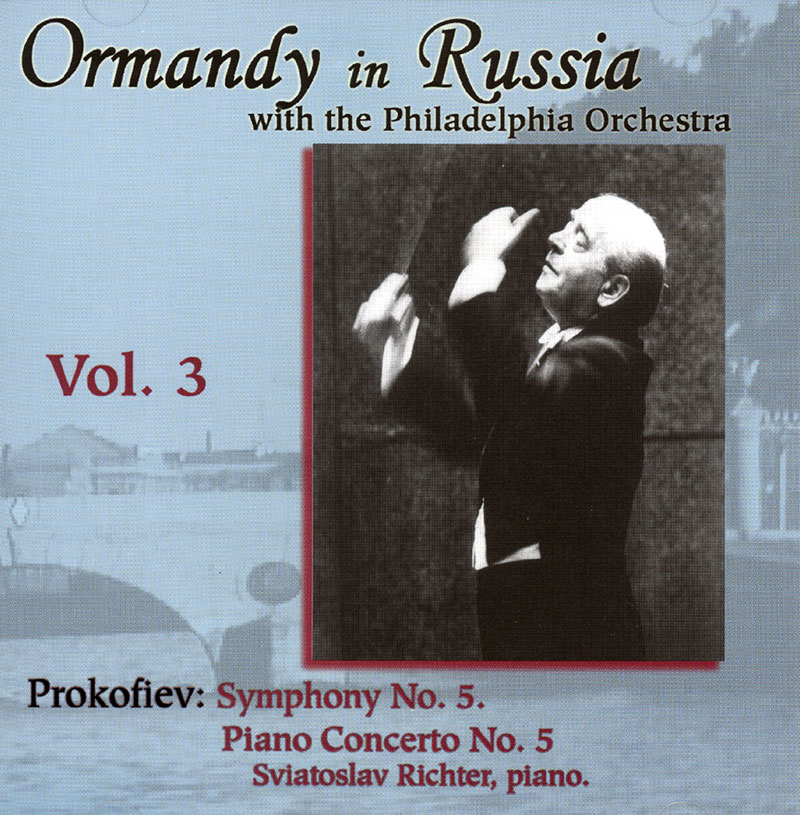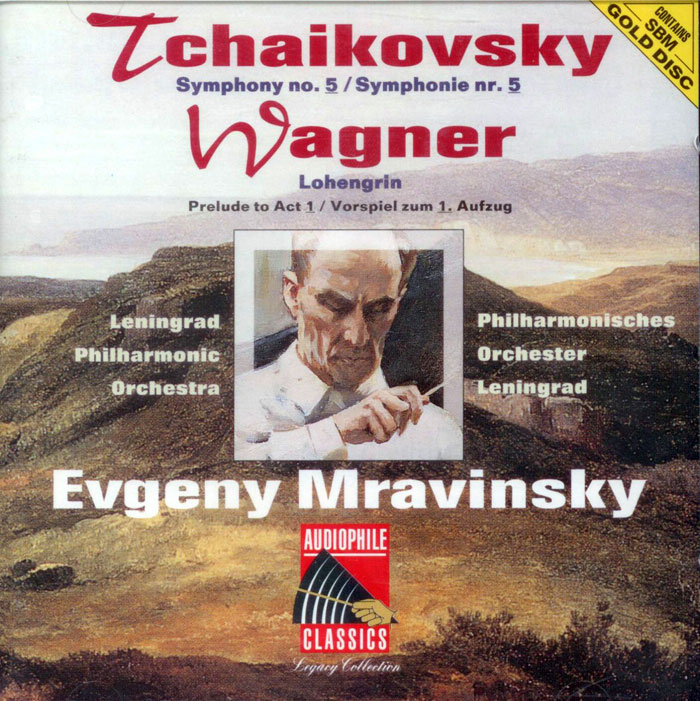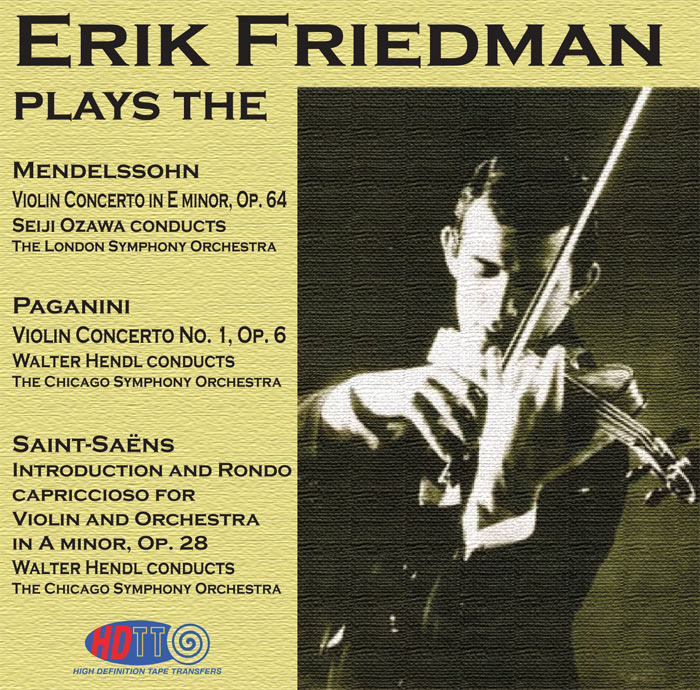Logowanie
Mikołaj - ten to ma gest!
Elton John, The Mamas & The Papas, Cat Stevens, Rod Stewart, Bobbie Gentry, Stevie Wonder, Engelbert Humperdinck
Memory Lane
Edycja Numerowana - 1000 egzemplarzy w skali światowej
RACHMANINOV, Eiji Oue, Minnesota Orchestra
Symphonic Dances / Vocalise
Best Recordings of 2001!!! NAJCZĘŚCIEJ KUPOWANA PŁYTA Z RR!
Karnawał czas zacząć!
Music of Love - Hi-Fi Latin Rhythms
Samba : Music of Celebration
AUDIOPHILE 24BIT RECORDING AND MASTERING
CHOPIN, LISZT, DEBUSSY, DVORAK, Gerhard Oppitz
Dances romantiques - A fantastic Notturno
Wzorcowa jakość audiofilska z Clearaudio
Winylowy niezbędnik
ClearAudio
Double Matrix Professional - Sonic
najbardziej inteligentna i skuteczna pralka do płyt winylowych wszelkiego typu - całkowicie automatyczna
DVORAK, New Philharmonia Orchestra, Antal Dorati
Symphony No. 9 - New World Symphony
The New World to many during the late 19th century was one of prosperity and success, and not only that, it was also a place where people could let go of their shackles in Europe and start fresh within a land that harboured all that anyone could ever desire. Indeed, the term New World was coined by Columbus in a letter during the 15th century, but after many years and a civil war, the New World was once again a reborn during its reconstruction and industrialisation. It was during this time between 1892 and 1895 that Czech composer Antonin Dvorak was enticed to relocate after being o ered nearly twenty times his current salary presented to him in Prague. His relocation would land him within the National Conservatory of Music in New York, where he taught and organised many musical events as well as being devout towards his own compositional interests. Dvorak was certain that the future of music within the United States was to be established upon what he understood them as, Negro melodies. Something of which became immensely accurate within the musical context of blues, swing and jazz anchoring the general consensus that without the in uence of the Negro musical understanding, music nowadays would not have been as ourishing or as energetic as it would have been. During his stay Dvorak pivoted himself on a musical compass which led him to discover many fundamentals of music that could never have been reproduced authentically in Czechoslovakia. As mentioned this included Negro musical structures and ideas, but also included the often monophonic Native American repertoire. Although much of this music is highly rhythmical rather than melodic, the in uence of the Southern Americas plays an essential part towards the construct of all Native American music, particularly within wind instrumentssuch as the ute and pan pipes. In one such instance Dvorak stated that the two groups (Negro and Amerindian) had striking similarities to both themselves and the music of Scotland, or to put it simply, the dominance of the pentatonic scale. It was through these unique musical mediums that Dvorak supported the main bulk of his symphony. While he rmly stated on many occasions that he didnt seek to merely replicate native and Negro musical symbols, he did in fact manage to merge them with his musical genius and express them in a classical manner. The orchestration comprises of 2 utes (one doubling piccolo), 2 oboes (one doubling on cor anglais [English horn]), 2 clarinets in A, 2 bassoons, 4 horns in E and C, 2 trumpets in E, C and E at, 2 tenor trombones, bass trombone, tuba (second movement only), timpani, triangle, cymbals, and a standard string section. This arrangement compares nothing towards epical greats such as Wagner and Mahler who used vast orchestration methods during that time. Nevertheless Dvorak appears to be more focussed around a more simplistic ternary (ABA) form and classical approach, similar to the great Tchaikovsky. During the rst movement, one will be immediately reminded of moments during Tchaikovskys 4th and 5th symphonies, with their gentle romantic string sweeps, and aching brass and woodwind ows. It is this very factor that much of the symphony is founded upon. The Allegro molto movement is unlocked gently and quietly by an Adagio precursor in 4/8. Barely enough time passes before it is to be abruptly halted in its tracks by a large brass wall of sound, somewhat evocative of Haydns Surprise Symphony. The main theme then soon fastens itself on the brass section, and nally sometime later the beautiful ute passage commences in G minor itself coated in a golden lm of musical excellence, only be later complemented again in the string section. The theme is evocative towards the negro spiritual song Swing Low, Sweet Chariot and will etch itself into the mind of anyone listening to it for the rst time, before nally coming to a close in the strident key of G major, completing the gentle G minor before it. Largo begins in the majestic key of D- at major, clearly a step away from the marked E minor key. Opening tenderly in the strings like water over rock, the main theme is quickly introduced through the soothing timbre of the oboe, and horns. The overall sound cries with tranquility and staples its own brilliance within the scheme of the entire work. In mentioning of tranquility, Neil Armstrong took a recording of the symphony with him on his discovery to the Sea of Tranquility. Like Chopins Raindrop prelude in D- at, Largo moves sweetly through the ear never ceasing to line itself with re exive articulations. It was to be later publicly assured by one of his students that Largo was representative of Hiawatha, a dominant gure within Amerindian culture. Dvorak, was a rm believer and fanatic (like most composers) of Ludwig van Beethovens music, and therefore decided to pay homage to him the third ? scherzo movement. Appropriately entitled after molto vivace (very fast) in Beethovens Ninth Symphony, the initiating notes will make the listener feel they are suddenly listening to Beethoven all over again, the only di erence being the added accompaniment of percussive expressions of the triangle, cymbal, and of course key. The following Poco sostenuto trio in E major advocates Dvoraks still very strong Czech Bohemian-folk in uences, and his desires to once again go back to his homeland. Being fast and lively, the dancing movement is a direct contrast to the Largo before it, adding needed refreshment from the slow paced design that had preceded. The Finale returns to the rst movement motif, to again remind the listener of the scope of the work, and to remind them of the importance of the opening melodic structure, common to a lot of symphonic work. Allegro con fuoco (fast with re) is one of the most radiant examples of a nale movement in a symphony, while still remaining to be not too over done. It is both encompassing and individualised. One will never forget the impact of colour it produces within the mind of the listener. This particularly symphony would be Dvoraks most cherished piece of music, and his most successful. It has been hailed as one of the greatest symphonic works of all time, and this in itself is no overstatement. It is an essential item to anyone wishing to explore the world of the late romantic era and for anyone wishing to explore the genre in general. It will not disappoint. From the New World, came an exposé of music so brilliant and expressive that no one yet has still managed to grasp its intense power through classical romantic form. From a multicultural point of view this symphony touches the essence of what music really is about; the cohesive quality of a peaceful world a New World.





























